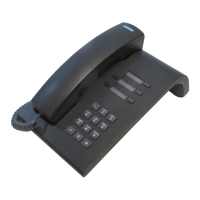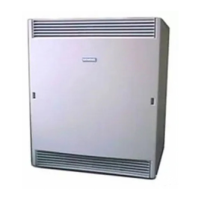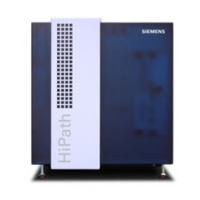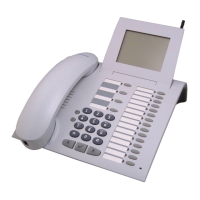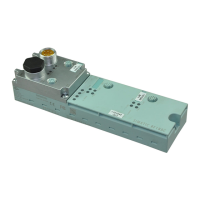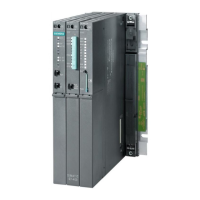Workpoint Clients Nur für den internen Gebrauch
A31003-H3590-S100-7-7620, 06/2012
10-48 HiPath 3000/5000 V9, Service documentation
wclient.fm
optiPoint 410 / optiPoint 410 S and optiPoint 420 / optiPoint 420 S
Differences between the optiPoint 410/optiPoint 420 and optiPoint 410 S/optiPoint 420 S
families:
● optiPoint 410/optiPoint 420 families: All HiPath 3000/5000 features that are offered interac-
tively on the display, in the service menu, and on function keys are available (except for Re-
locate).
● optiPoint 410 S/optiPoint 420 S families: The corresponding telephones support SIP (Ses-
sion Initiation Protocol). SIP is an ASCII-based signal used to set up sessions in an IP net-
work.
Features and restrictions for Internet telephony stations
The following features for Internet telephony stations are actively supported:
● CLIP (displays the calling party’s station number on the called party’s station)
● CLIP (suppresses the calling party’s station number on the called party’s station)
● COLP (displays the called party’s station number on the calling party’s station)
● COLR (suppresses the called party’s station number on the calling party’s station)
● Consultation hold
● Hold
● Toggle
● Transfer (transfer after messaging)
● DISA (Direct Inward System Access): No features may be activated for the SIP telephone
● Inband DTMF
Although Internet telephony stations may not activate the following features, they may be pas-
sively involved:
● Call forwarding (forwarding to an Internet telephony station is supported)
● Conference (Internet telephony stations may be passively involved)
● Park (Internet telephony stations may be parked; from the perspective of the Internet tele-
phony station, this is similar to “Call hold”)
● Live Call Recording (Internet telephony stations may be passively involved)
● Whisper (Internet telephony stations may be passively involved)
>
The term “Internet telephony” as used in this document refers to making telephone
calls via IP-supported networks (Voice over IP) and signaling via SIP.
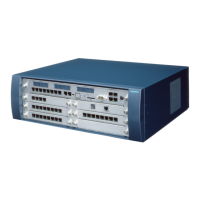
